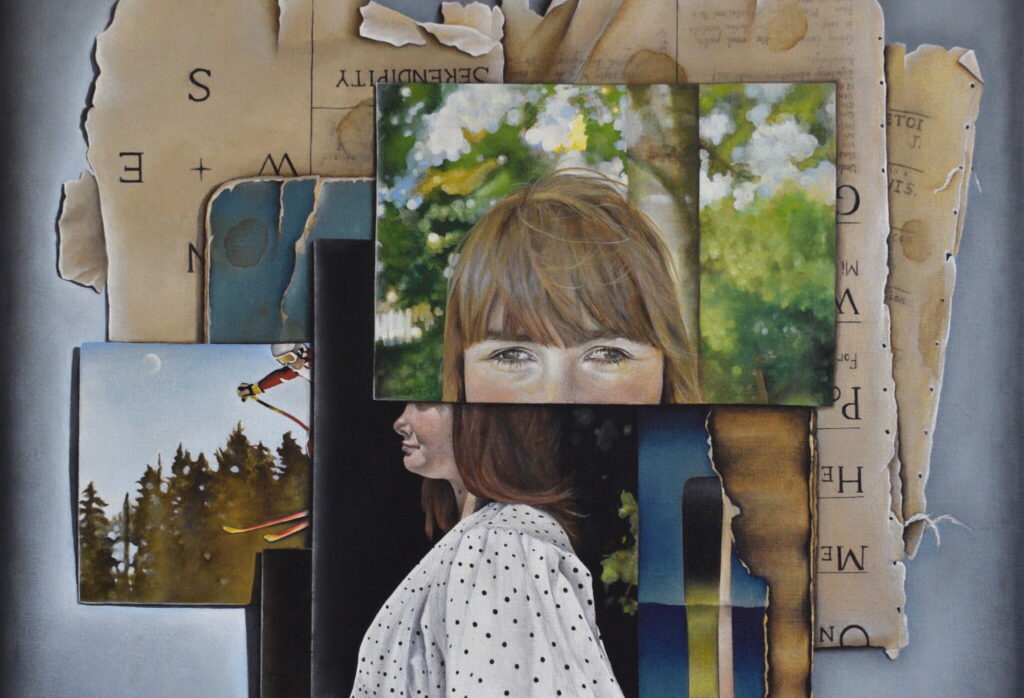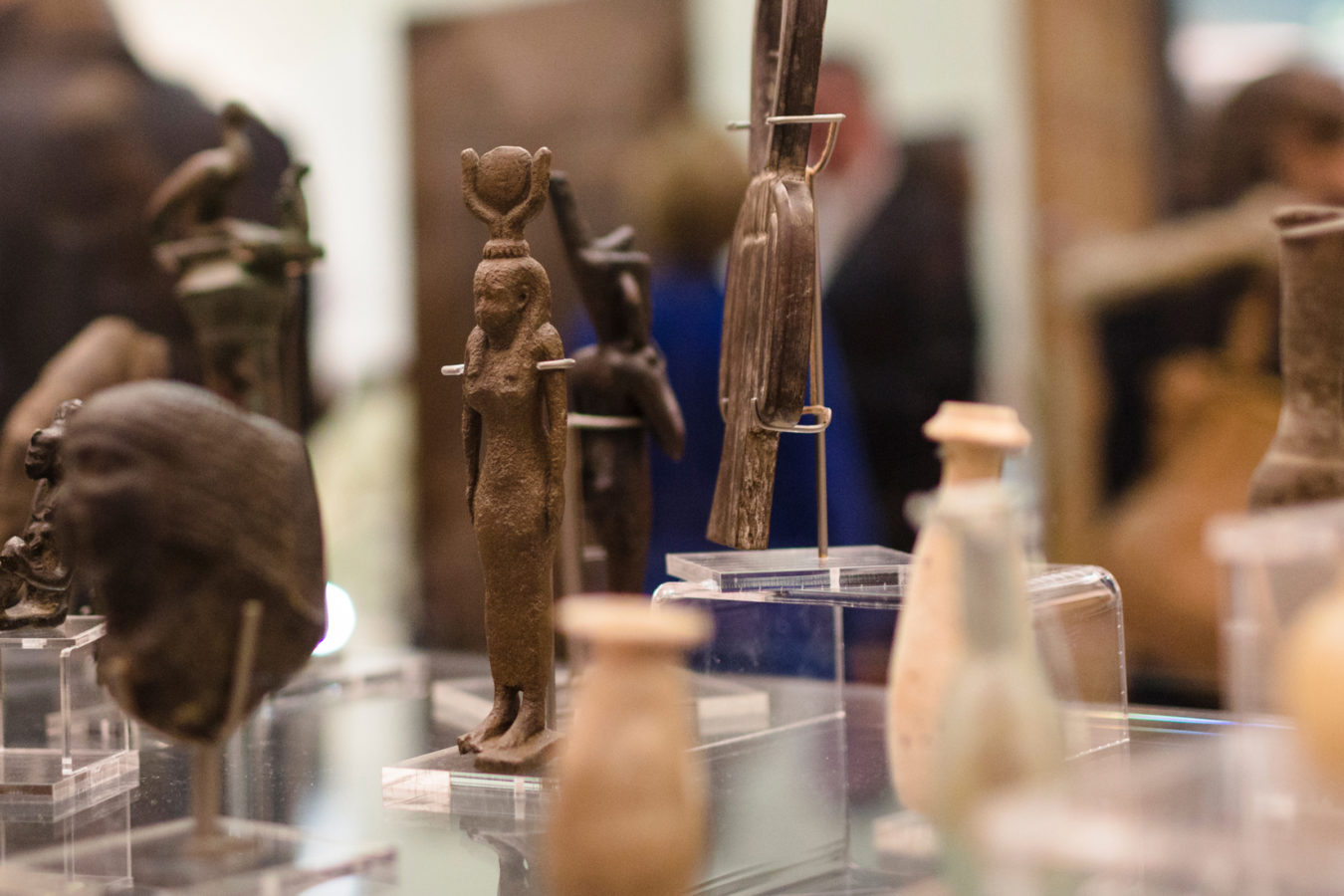
Millie Knight by Dene Leigh
An Oil on linen portrait of Millie Knight by artist Dene Leigh on display at The Beaney in...
The sculptures have a national artistic significance, as the sculptors were selected through a competition run by the Fine Art Commission. Some winners were established artists, such as Frederick Thrupp, or architect John Thomas, whose studios were visited by Queen Victoria. However, others were newcomers such as James Westmacott. Only 21 when the competition was announced, he not only made two statues himself, but finished another after the sudden death of sculptor Henry Timbrell.
In the 1850s public access to the Lords chamber was limited and the statues were situated in niches high on the walls. In response to public demand to see the statues the artists’ plaster models were displayed in the showrooms of the makers, Elkington and Co in Birmingham. They remained on display from c1860 until 1906 when they were given to Canterbury Museums & Galleries.
Three of the conserved sculptures can now be viewed in the People & Places gallery at The Beaney.
The Barons on display are: Stephen Langton, Archbishop of Canterbury (d1228) by John Thomas, Robert Fitzwalter (d1235) by Frederick Thrupp and Sieur de Quincey, Earl of Winchester (d1217) by James Westmacott.

